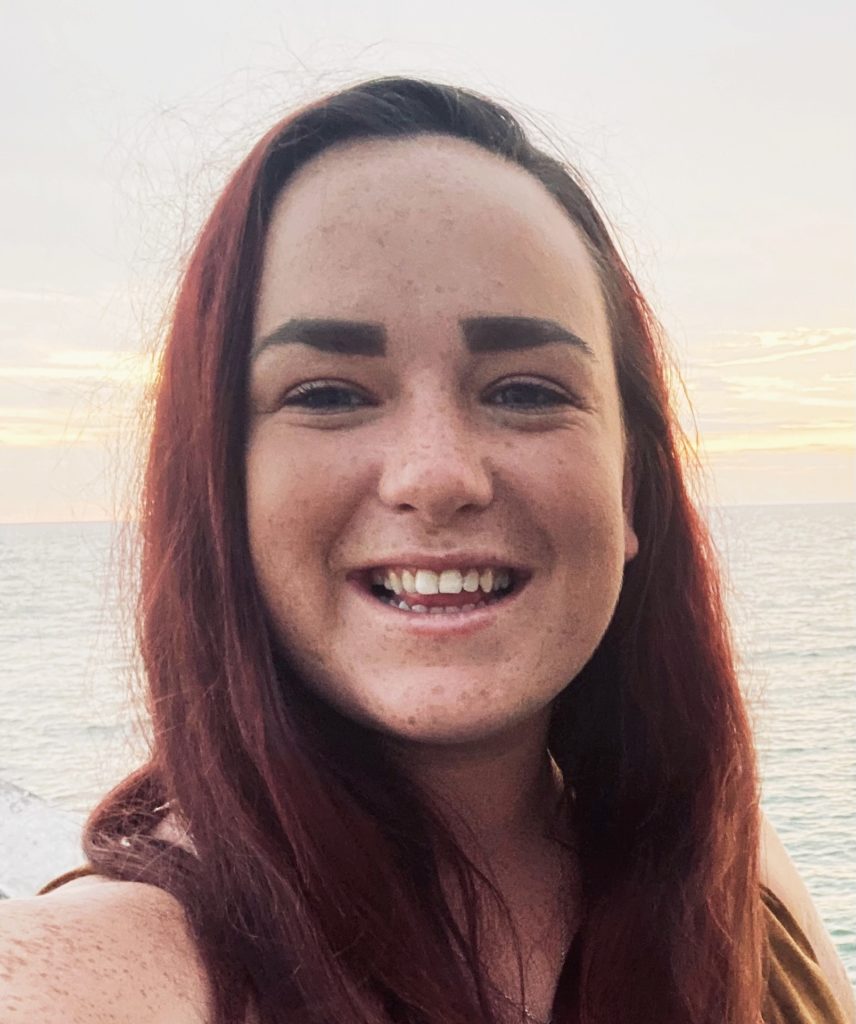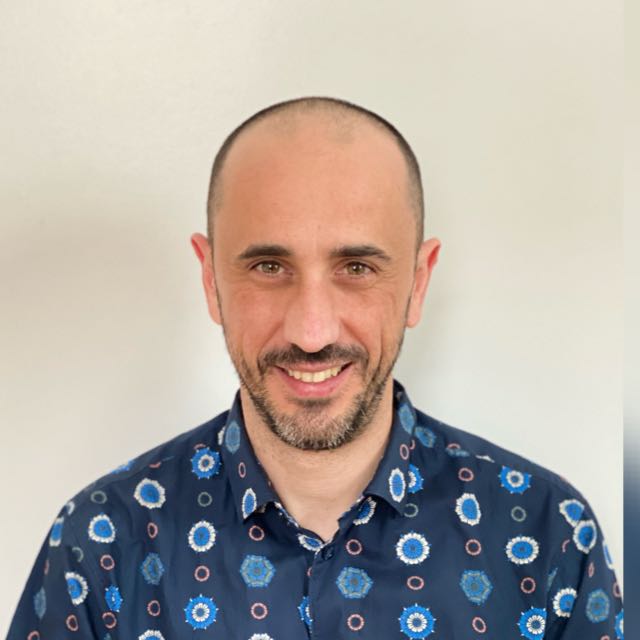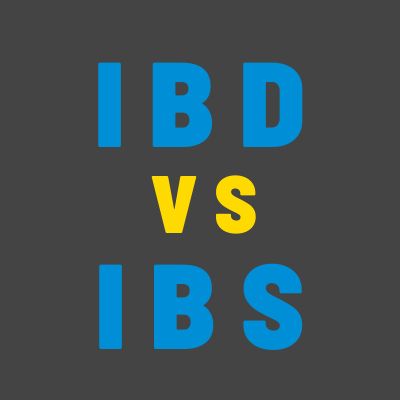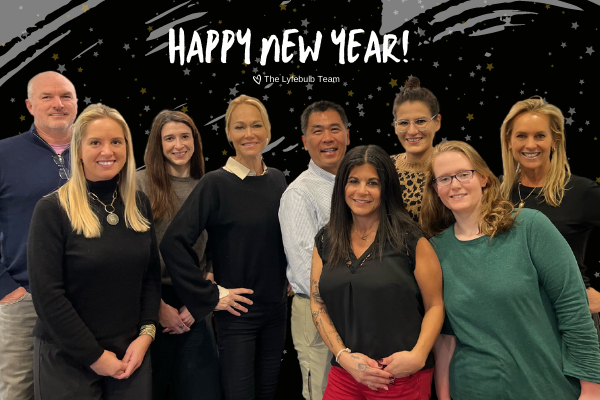No on should have to wait ten years for a diagnosis, read about Brittany’s rare cancer story on CancerLyfe.
This is the third session of the Columbia and Lyfebulb patient information and education session series. It is sponsored by Veloxis Pharmaceuticals.
Panelists and moderators include Mark Hardy, professor of surgery at Columbia university, Dr. Karin Hehenberger, CEO of Lyfebulb and visiting associate researcher at Columbia, Dr. Lloyd Ratner professor and chief of the renal pancreas transplantation service, Mr. Brian Runge, chief coordinator of donors at Columbia University transplant program, Dr. Geoffery Dube, assistant professor of medicine and senior nephrologist on transplant service, and Gretchen Boyd chief coordinator of renal and pancreas transplant program at Columbia.
This session discusses the preparation after dialysis and starting the transplant process to get listed as well as recruiting a potential living donor.
To begin conversations with a transplant center as a potential kidney transplant recipient, a patient usually gets referred from a dialysis program, nephrologist, or the patient is able to do research on their own regarding transplant centers, they contact them directly. A few things to keep in mind when choosing a transplant center is the proximity of the center to the recipient’s residence, and the ease of traveling for follow up care consistently. Logistics play a role in the optimal choice. Choosing a transplant center that the patient has good communications and report with is very important as a patient will spend a lot of time with their transplant center through the process of transplant. It’s important to evaluate how responsive and helpful a particular transplant center is. And it’s important to know that a potential recipient can change transplant centers at any time if they chose to do so. There is also a public database called SRTR where anyone can log on and see the clinical outcomes of various transplant centers. This also could be an important factor when choosing a center to go to.
When it comes to evaluating whether someone is a good candidate to receive a transplant, a potential recipient undergoes a daylong evaluation that consists of various tests and meeting with the transplant coordinator, the surgeon, physician, social worker and others. There will be a lot of information to absorb so it is important for candidates to bring a support person with them to help remember the process and details and also to provide care if needed to the potential recipient.
During evaluation day as well as subsequently, there will be an abundance of educational materials and discussions with the coordinator, physician, social worker about what to expect after transplant. After evaluation, the team meets to discuss candidacy for the patient and if they are ready for the patient to be listed, then there are additional education classes. For any patient process, the first source of information is the transplant coordinator.
After someone is deemed eligible for transplant, they are placed on the wait list. The list is the United network of organ sharing (UNOS) waiting list.
If someone has an unusual or difficult problem, not all transplant center will tackle it, but even if someone is turned down by one transplant center, they can be accepted for a different one. And, someone can be on more than one transplant centers list at one time.
Someone can get taken off the list if their condition worsens and the risk of doing the transplant outweigh the benefits. Additionally, if a patient is abusive to the staff or if they are noncompliant in their care and refuse to take care of themselves this could also lead to removal. Other underlying conditions could be a reason someone gets taken off the list for example due to a cancer diagnosis. This person would have to wait a certain time before getting back on, but it depends on the type of cancer, size, and malignancy.
Individuals can be on the transplant list waiting for a deceased donor and still also be looking for a living donor. Live donor kidneys work better over the long term, they last about twice as long – 15 to 20 years. This option should be considered as the optimal treatment. If a patient hasn’t had time to find a living donor, they can get listed on deceased donor list and begin searching for a living donor. Donor age limit does matter when it comes to how much longevity the donated kidney has. if its from an old donor the lifetime of that donated kidney won’t be as long. The oldest donor recorded was 83 years old. With that, donor safety is paramount and extensive evaluation will be undergone to ensure the surgery is safe and the donor will be ok with one kidney and both are normally functioning.
Listen to the webinar and learn more about these conversations and other kinds of support and educational resources for potential kidney transplant recipients. This, and future webinars can be found on transplantLyfe.com.
The second session of the Lyfebulb-Columbia University/New York-Presbyterian Hospital patient information and education series focused on “Preparation After ESRD Diagnosis” and included the following panelists and moderators:
- Mark A. Hardy, MD, PhD (Hon), FACS – Auchincloss Professor of Surgery, Director Emeritus and Founder of the Transplantation Program at Columbia University Medical Center
- Karin Hehenberger, MD, PhD – Founder and CEO of Lyfebulb and visiting associate researcher at Columbia University
- Syed Ali Husain, MD – Assistant Professor of Medicine at Columbia Vagelos College of P&S
- Maya K. Rao, MD – Associate Professor of Medicine at Columbia Vagelos College of P&S, Director of Chronic Kidney Disease Program
- Gerald Appel, MD – Professor (Tenured) of Medicine at Columbia Vagelos College of P&S, Director of Glomerular Disease Center
This session covered topics such as living with end stage renal disease, how to prepare for dialysis and transplant, and how dialysis and transplant affect the quality of a kidney disease patients’ life.
As much as 15% of adults have chronic kidney disease, which is roughly one in every seven people. Just last year, 150,000 patients started treatment for kidney disease.
It is important for patients with kidney disease to begin discussing and learning about the possibility of dialysis and transplant as early as possible. The progression of disease is variable between patients, but when someone begins to show symptoms of high potassium levels and fluid retention, it is time to consider starting dialysis. At this time, the kidney is functioning at about 20% or less capacity.
Dialysis helps those with kidney disease by cleaning or filtering the blood artificially when the kidneys are not able to perform the function properly. There are different types of dialysis – hemodialysis and peritoneal dialysis. Hemodialysis is done at a center, where blood is removed from the body and clean blood is returned through the veins. This is the default method of dialysis, even though most people would prefer the convenience of home care when receiving dialysis.
Peritoneal dialysis allows for that convenience. During peritoneal dialysis, fluid is filtered into the body through the stomach which circulates and cleans the body of toxins, Then, the fluid is extracted along with the toxins. This method allows for flexibility with travel and daily functions and can be done at home during the night. However, this dialysis does require some training and assistance from a caregiver so the patient must have a certain level of responsibility and independence. Furthermore, it is completed seven days a week. This type of dialysis is only done for about 10% of patients in the United States, while in other countries, it is the primary modality. There is no evidence to support one type over the other, but peritoneal dialysis is gentler on the body and does not cause low blood pressure or fatigue.
Normal life can be sustained while on dialysis. That being said, children and busy adults may not be the best candidates, because hemodialysis can interfere with school and work.
When it comes to transplantation, about one-third of patients are listed for a transplant before dialysis. It is important for medical professionals to begin asking patients early if they have potential donors and for patients to begin considering all avenues.
Educating patients about both transplantation and dialysis at the same time helps minimize the sense of feeling overwhelmed and/or potential denial when the patient is facing difficult decisions in their care, but transplantation is the ultimate goal for those with end stage renal disease.
In the long run, transplantation is the best option for quality and extension of life for any patient that is eligible. The long-term effects of dialysis aren’t great – especially for those in kidney failure due to diabetes. These patients have a particularly negative experience and benefit greatly from transplantation. For patients who are hesitant, education is extremely important.
The good news is that the future of kidney disease is bright as there are a number of new drugs available to slow kidney disease. This is an exciting time for research into wearables, as well as stem cell therapies. Thankfully, there is a lot of hope for the nephrology community.
Watch the full webinar here to learn more about innovations and research involving dialysis and kidney transplants! View past webinars in this series and register for future webinars at transplantlyfe.com/webinars.
We share very wise words from our Mental Health Ambassador Mike Veny. The more men talk and share stories, the more we can break the stigma and learn how to help. #menshealthweek #mentalhealthforall #LyfebulbAmbassador #mentalhealth
In March, Lyfebulb was honored to be a part of the Chris Klug Foundation’s Women in Transplant Webinar. The Chris Klug foundation was created to inspire, educate and increase donor registration. In addition to hosting webinars to educate patients and hosting events designed to increase awareness of the need for organ donors, they also bring patient stories of empowerment to fellow patients when they need it most. Their Bounce Back Give Back Awards are given to patients who have not only bounced back from their transplant, but are also giving back to their communities. Furthermore, their Donor Dudes program reaches high-school and college-aged individuals with an intent to inspire them to register to become organ donors.
After attending the women in transplant webinar, a cause near and dear to my own heart, I knew I needed to reach out and get involved, so I sent an email to Anna Morgan.
Anna is the Program and Communications Manager at the Chris Klug Foundation, and she plans events for the organization, including some of the ones I mentioned above. She was born in Wales in the United Kingdom and made the move to Colorado as an adult. Anna’s connection to transplant isn’t just a business one, though. During the Covid pandemic, her brother-in-law was admitted to the hospital with heart failure and required a transplant. The experience opened Anna’s eyes to the world of transplant. When she discovered an opening at the Chris Klug foundation shortly after, she knew it was her next move. In her words, “I feel there are very few jobs where you get to meet this many strong and inspiring individuals and get to learn from each one.” She speaks fondly of the experiences she’s had with donors, recipients, families, and healthcare professionals, as well as the pride she feels at seeing so many people come together. Connecting people in different stages of the journey, meeting people right where they are, and creating more opportunities for everyone to thrive are Anna’s on-the-job highlights.

One of the keys to how the foundation works is their emphasis on diversity. Anyone can be affected by transplant, regardless of their gender orientation, race, sex or social status. This means it is also incredibly important to bring unbiased education to all communities. Looking at transplant, there are conditions more prevalent in different racial backgrounds or genders, something that isn’t commonly addressed when we are discussing transplant healthcare. Our unique situations in healthcare are created from who we are and where we come from. We all have different goals and passions, different diagnoses, and different dreams. And yet, transplant has often been viewed or portrayed as one size fits all. The Chris Klug foundation wants to fix that.
The foundation saw a need and decided to do something about it. With recent ventures, such as their Women in Transplant webinar, the desire is to meet every patient where they are and to note individual uniqueness, bridging the gap that currently exists.
The foundation is hosting more events for organ-donor education and patient inspiration, and they are always looking for more volunteers to get involved. You can email info@chrisklugfoundation.org or check out their website www.chrisklugfoundation.org for more information and to find out how you can get involved.
Willow Pill is a drag superstar who got her start in Denver, Colorado, before moving to Chicago, Illinois, where she currently resides. As a fan of drag, Willow is currently living the dream as a drag performer herself, and you may recognize her adorable, twisted and quirky drag from season 14 of RuPaul’s Drag Race.

But here’s something you might not know about Willow: she’s also a transplant recipient. Diagnosed with cystinosis, a rare, genetic disease categorized by abnormal buildup of the amino acid cystine, Willow always knew she would one day need a kidney transplant. Cystinosis can result in a buildup of crystals, which might result in blockages in the eyes, affecting the liver, and causing myopathy and muscular atrophy in the body.
At 13, Willow reached the point of kidney failure. As her family began testing to determine who would be the best match, Willow began hemodialysis. After a year of dialysis, Willow’s brother was determined to be the best match, and she received a kidney transplant from him in March of 2010.
A few years later, Willow began her drag career by performing in a student drag show at the age of 21. Drag is an outlet for the queer and transgender community, and Willow is no exception. However, what she didn’t realize going into drag was how much it would help her express not only her queerness, but her health issues, as well.
“When you’re young, you don’t realize the effect this will all have on you,” Willow said, referencing her lifelong experiences in the medical world. “You don’t realize the medical PTSD that’s there.”
Having battled illness her entire life, Willow came to terms with the fact that her life would never be “normal.”
“You end up grieving yourself,” Willow said when I asked her about how growing up with a genetic illness changed her. “You’re stuck between being alive and being dead.”
Drag helped her come to terms with her illness and transplant status. Even more so than being queer, her drag has been shaped by her experiences of loss and death. In a life marked by so much pain, from illness to transplant surgery, familial death to contending with being queer, drag became essential.
“It tethered me to being alive, to something that had so much joy and life in it,” Willow said.
Just watch a Willow Pill show and you’ll see her ability to turn trauma into something enjoyable to watch. She said she’s always had a gift for finding humor in awful things in order to reclaim her power.
Willow is now thriving as a transplant recipient. Despite bumps in the road, there have been no major complications and Willow and her medical team are hopeful for her future.
I asked Willow what she wanted to share with our community, and she was quick to say that life won’t look like the movies. But means of joy and celebration should, and can, still exist. The old dream of life is gone, but there is confidence and joy living outside of what that dream was. That’s why Willow is such an advocate about living life post-transplant. She wants others to know that thriving with your diagnosis is possible, and that life is meant to be celebrated.
We always knew this queen had a little bit of a sparkle in her eyes. You can find Willow Pill on this season of RuPaul’s Drag Race, streaming now on VH1, on instagram @willowpillqueen or on her website willowpill.com.
“Let your hopes, not your hurts, shape your future.” Author Robert H. Schuller said this, and it came to mind as I watched the Lyfebulb chat with Dr. Iraklis Kourtis, a Lyfebulb Ambassador and the Co-Founder of Chronicles Health. For me as the parent of a young man with IBD, hope is the newest arsenal in my caregiving tool kit. Back when my son was doing his hardest fighting, the smart-device and social-media tools of today did not exist. Now that they do, hope becomes something almost tangible as new innovations make it more possible for us to manage life with chronic disease.

A notable source of that hope is Dr. Kourtis, who has always been an innovator; he loves to solve problems. In his mid-20s, as he was about to enter his PhD program in immunology, he had his first flareup during the PhD interviews. The cold sweats he suffered were imprinted in his mind. He lost almost fifteen pounds before receiving a proper diagnosis and being treated with corticosteroids, which temporarily helped. All of this made him think about his life span, and one thing led to another because, as I said earlier, Kourtis always wanted to create solutions. So, here he is now – an expert in digital health, bioengineering, physiology and medical-device development, combining data science and his immunology background to create those solutions with Chronicles Health, which is trying to close the loop between the patient and the care team.
What is Chronicles? It is an IBD patient platform that uses wearables (which integrate artificial intelligence and machine learning algorithms) and patient-reported quality of life metrics to detect patterns in the disease, resulting in personalized healthcare. Simply put, it is an incredible tool that did not exist for my son nine years ago, but which does today.
In the live chat, Kourtis explained that IBD doctors try to tune medication for better outcomes, but what is missing are intermediary points to connect the loop. He says that there is no actual continuous flow of data. He does not intend to reinvent the wheel, just supply the missing data points that IBD doctors need. Kourtis says that we will know if an IBD drug works must faster through all this data and that we can track flare ups and patients according to their state of flare up. Living with this disease has changed Kourtis, and he commented that “Something as life changing as this is a good opportunity to fight it and use it to succeed.”
Yes, there are many innovations out there competing for patient interests, but for each new one that emerges, I personally feel encouraged and full of that sweet sense of hope for the future of IBD care, thanks to the motivation of those like Dr. Iraklis Kourtis.
By Karin Hehenberger, MD, PhD

| There has been some controversy around the disease categories IBD and IBS, and I wanted to address it with a commentary from someone who has been in these kind of discussions across the life sciences field. I would also like to invite discussion from others on www.IBDLyfe.com where I am posting this commentary. IBD, or inflammatory bowel disease, is a relatively rare collection of disorders affecting primarily the small and large intestines but also being a systemic disease of inflammatory and perhaps even of autoimmune origin. These diseases include for example ulcerative colitis and Crohn’s disease (morbus Crohn). Around 2.5M people are affected in the US and many are struggling with serious consequences such as surgical complications, immune suppression and severe dehydration and malnourishment. Treatments include a range of options but very strong medications are included in the regimen that may have serious side effects. The disease affects young people but is chronic and may even cause mortality in some cases, especially in underdeveloped countries where patients have less access to care. IBS, or irritable bowel syndrome, is a very common condition, affecting around 10 percent of the population. It may cause diarrhea, constipation, pain and other gastrointestinal symptoms regularly. Many people with IBD also suffer from IBS symptoms while very few people with IBS also have IBD. And people with IBS may often feel better if they change their eating habits while people with IBD most often need more than dietary changes to treat their disease (although nutrition is an important component of IBD management). There are specialists who treat IBD, while IBS most often can be addressed by a PCP and a nutritionist. Despite the differences, we do not feel that it is right to exclude the IBS community from IBDLyfe, although we clearly understand that IBD patients need more, and more specialized, medical help and often even surgical procedures. However, the symptoms of IBS very often overlap with those of IBD patients and both categories of patients need the mental support and shared insights from a peer community. At Lyfebulb, we are all about inclusivity and believe what one person has learned about handling their chronic illness can maybe help someone else, even if their disease origins are dramatically different. Please join us in sharing your stories at www.IBDLyfe.com. |
By Karin Hehenberger, MD, PhD

| 2021 has been a blur of a year for many. Some say it feels like an extension of 2020, but I tend to disagree: It is amazing how far we have come from last year when we were in the beginning of this global pandemic, without any vaccines and without any real knowledge about how the virus spreads, why some get so sick, why some have no symptoms and why some develop so-called “long COVID”… In the second year of COVID, we know much more, this virus spreads through droplets, aerosol driven in fact, and is highly contagious in indoor settings when people are at close proximity to each other. It seems clear that underlying issues such as diabetes, obesity and age are big drivers of morbidity and mortality, while younger individuals and even infants are highly spared. Outdoor settings and surfaces are less scary now than 20 months ago, when I remember putting on gloves to fill up my car with gas! As a person living with two transplants, I am chronically immune suppressed and have been extra careful, but interestingly, this category of people has not fared as poorly as those discussed above. We have also been less affected mentally than those who are not used to having to accommodate due to disease. In fact, one of the biggest “side effects” of COVID has been mental-health issues in the young and healthy, those who had to go to school remotely and cease social activities that are so important to school-age children and young adults. Similarly, our company has gone through tremendous changes while keeping to our core mission and staying true to our cause to help people affected by chronic disease. 2021 is the year we truly became a digital-health company and launched our second digital-community platform. Our Lyfebulb network can now connect across two disease areas in a safe and nimble way, through TransplantLyfe and IBDLyfe, and this is just the beginning. Our goal is to launch at least two new platforms for disease communities each year. We believe connectivity, education and innovation drive empowerment in people with chronic disease and, therefore, we are investing in tools to promote those goals. In November, we launched a virtual patient-education series in collaboration with Columbia Presbyterian in organ-transplant education. You can find details on the dates, times and topics of those webinars on our TransplantLyfe.com website. Our proprietary network of patients and care partners is now well organized into a database that, together with our patient-facing community platforms, forms a basis for extensive research into quality-of-life issues that often are dismissed in clinical trials but are so highly valued by people living with any kind of disease. We are already in the midst of conducting our very first academic study together with Columbia University hospital to study, and hopefully validate, the impact of community connectivity on health outcomes in kidney transplant patients. We have plans for many more research studies ahead. |

While we are continuing to evolve into this digital-health space, we remain committed to our core of innovation sourcing and patient workshops to find solutions to improve quality of life. We conducted four innovation challenges, held eight workshops, and ran over fifty deep interviews with patients across eight therapeutic areas in 2021, learning a lot about patient and care-partner journeys, hurdles and opportunities. We then synthesized these insights into reports and provided them to our industry partners whom we entrust with taking these novel user-driven ideas and developing new products for the marketplace. A novelty for 2021 was that some of these reports were generated to benefit and grow Lyfebulb’s own digital platforms.
We are also working hard on the people side, and we recently hired a Chief Technology Officer who is busy building a strong team of engineers and user-experience experts. This team will leverage the extensive knowledge we have accumulated from our communities to develop novel technology to be launched by Lyfebulb.
So, as we finish up 2021, we are now mostly vaccinated (or even boosted), there are anti-viral cocktails out there to treat this disease, and schools and workplaces have found a rhythm that works for most. COVID-19 is here to stay, but hopefully never again in the manner of February of 2020.
At Lyfebulb, we are excited about our role as a mission-driven, digital-healthcare company focused on patient empowerment and look forward to 2022, a year focused on fueling our engines and accelerating our growth to improve patient and care-partner outcomes globally!
In conclusion, the team at Lyfebulb wishes everyone affected by chronic disease a wonderful New Year. It is our commitment each day to work hard and intelligently toward the goal that no one should feel alone. Instead, we strive for an educated and empowered community!

